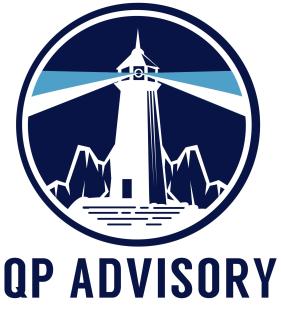Market Update 9.30.2019
The U.S. stock market was up 1.28% for the third quarter of 2019 and up 20.40% year to date.
Market volatility increased during the past quarter. August, September and October are the most volatile months for the stock market historically. The trend is certainly holding true this year.
The U.S. economy is in the late phase of the business cycle. However, the current cycle has been going on much longer than the average, so estimates when it will finally end are best guesses. We are still experiencing full employment, meaning everyone who wants a job has a job. And employment data remains strong. 70% of U.S. GDP growth comes from consumer spending, so when everyone has a job, consumer spending is good.
Trade negotiations between the U.S. and China have produced mostly negative news which caused the market to drop and add to fears that tensions would hurt economic growth and bring on a recession. But on Friday we finally received news that the first phase of a trade deal has been agreed to. This first phase delays tariffs, significantly increases purchases of U.S. agricultural commodities by China, agrees to intellectual property measures, and allows U.S. financial service companies to operate in China. The deal needs to be written and signed, so expect volatility to continue. Phase two will deal more with intellectual property and forced technology transfer, which are the core problems that need to be fixed.
The Federal Reserve’s dovish stance continues to have a positive effect on the stock market. The Fed reduced rates and has even begun to purchase short term U.S. treasuries to create liquidity in the market.
Growth in Europe and China continued to slow, adding to recession fears. China undertook several stimulus measures to boost their economic growth, but so far, they have only stabilized their economy. The tariffs have really hurt China’s economy.
Germany joined other European central banks that have lowered interest rates so much they are negative. Investors are paying those central banks to hold their money. Crazy.
The volatility should calm as we move into the winter months. The fourth and first quarters are the best for corporate earnings, which drive the market. And for consumer spending, which drives the economy.

